Madagascar contains approximately 2,100km2 of mangroves, 90% of which are found in the numerous deep bays along the western coastline. For a long time, the Malagasy people considered these mangrove forests uninhabitable, inhospitable and infested with mosquitoes. Why would anyone want to venture into such a hostile environment?
People traditionally only entered mangrove forest to harvest wood for construction, or to find particular natural medicines, however, within the last two decades mangroves have become rapidly degraded and depleted. This is due to the increased demand for fuelwood, charcoal and seafood that comes with soaring population growth. More people have moved to coastal areas – due to the lack of livelihood opportunities inland – and to provide for themselves they have started exploiting mangroves with unsustainable intensity.
This decline is worrying as, in addition to supporting unique biodiversity, mangroves provide numerous goods and services that are critical to the wellbeing of coastal communities. These include coastal protection from storms and sea level rise, shore stabilisation, water filtration, construction materials, fuelwood, and they are also the habitat of important fisheries, including shrimp and crabs.
Along with the oceans, seagrass beds and other coastal ecosystems, mangrove forests are also critical components in the carbon cycle and global carbon storage of the planet. These aquatic carbon stores are known as blue carbon, and mangrove trees have an exceptional capacity for blue carbon sequestration – playing a key role in climate change mitigation.
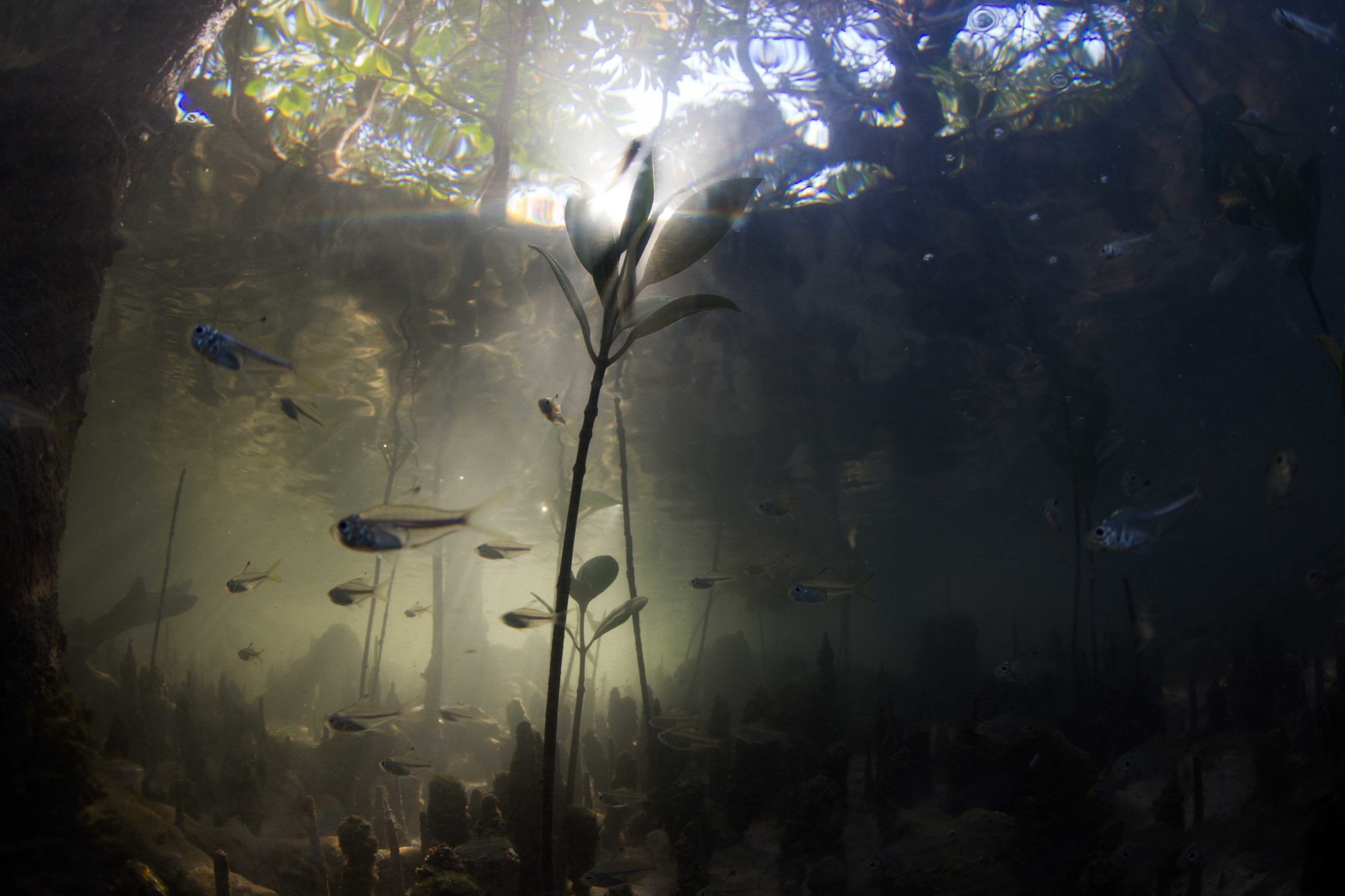
Mangrove trees have an exceptional capacity for blue carbon sequestration | Photo: Garth Cripps
I have always been fascinated by plant ecology and its effect on climate change, and I first started assessing mangrove carbon stocks with Blue Ventures in 2013 when working on my master’s thesis. Since then, I have been involved in many mangrove expeditions along the west and northwest coast of Madagascar, all the while becoming increasingly passionate about protecting these unique ecosystems.
With a current deforestation rate of 3.75% per year, the mangroves in Tsimipaika Bay are the most threatened in the country.
They may look quite bizarre from the outside, with their complex system of roots poking through the water, but when you take a close look inside a mangrove and see the vast range of structural and functional attributes, you can’t help but be amazed. This is how I became a Blue Carbon Scientist for Blue Ventures in September 2016, based in Tsimipaika Bay, on the northwest coast.
This is an area with particularly prominent mangrove loss, with a current deforestation rate of 3.75% per year – the most threatened mangroves in the country. This rate of loss is primarily driven by overharvesting for charcoal and timber, leaving vast swathes of deforestation that are really sad to see. This devastation is also exacerbating the pressures on adjacent ecosystems such as coral reefs and seagrass beds, and the fisheries and livelihoods that they support.
Continued mangrove loss threatens the livelihoods and wellbeing of thousands of people in Tsimipaika Bay. We are aiming to combat this loss by supporting the protection, restoration and sustainable use of mangroves. In the long term, we also hope that the value of these ecosystems on the international carbon market can be transferred to the coastal communities that are sustainably managing and protecting them.
So what’s my role in all of this? My main focus is the development and implementation of scientific research seeking to quantify the exact nature and dynamics of carbon sequestration and fluxes in Tsimipaika Bay’s mangroves in order to ensure the proper valuation of blue carbon credits. A bit of a mouthful I know, so I’d like to walk you through a standard day of mangrove fieldwork and the challenges that we encounter.
A classic field team consists of two blue carbon scientists and five or six community monitors. The participation of local communities increases their understanding of how and why research is done, and provides a way for us to empower the community to engage in meaningful actions, with the end goal of community-led monitoring.
A consistent challenge in mangrove fieldwork is the movement of the tide. Differences between high and low tide can be up to four metres and the timing of low tide changes daily! We have to adapt our work schedule to coincide with low tide, getting there punctually to maximise our time, and there’s always the risk of getting caught by the tide if you work for too long.
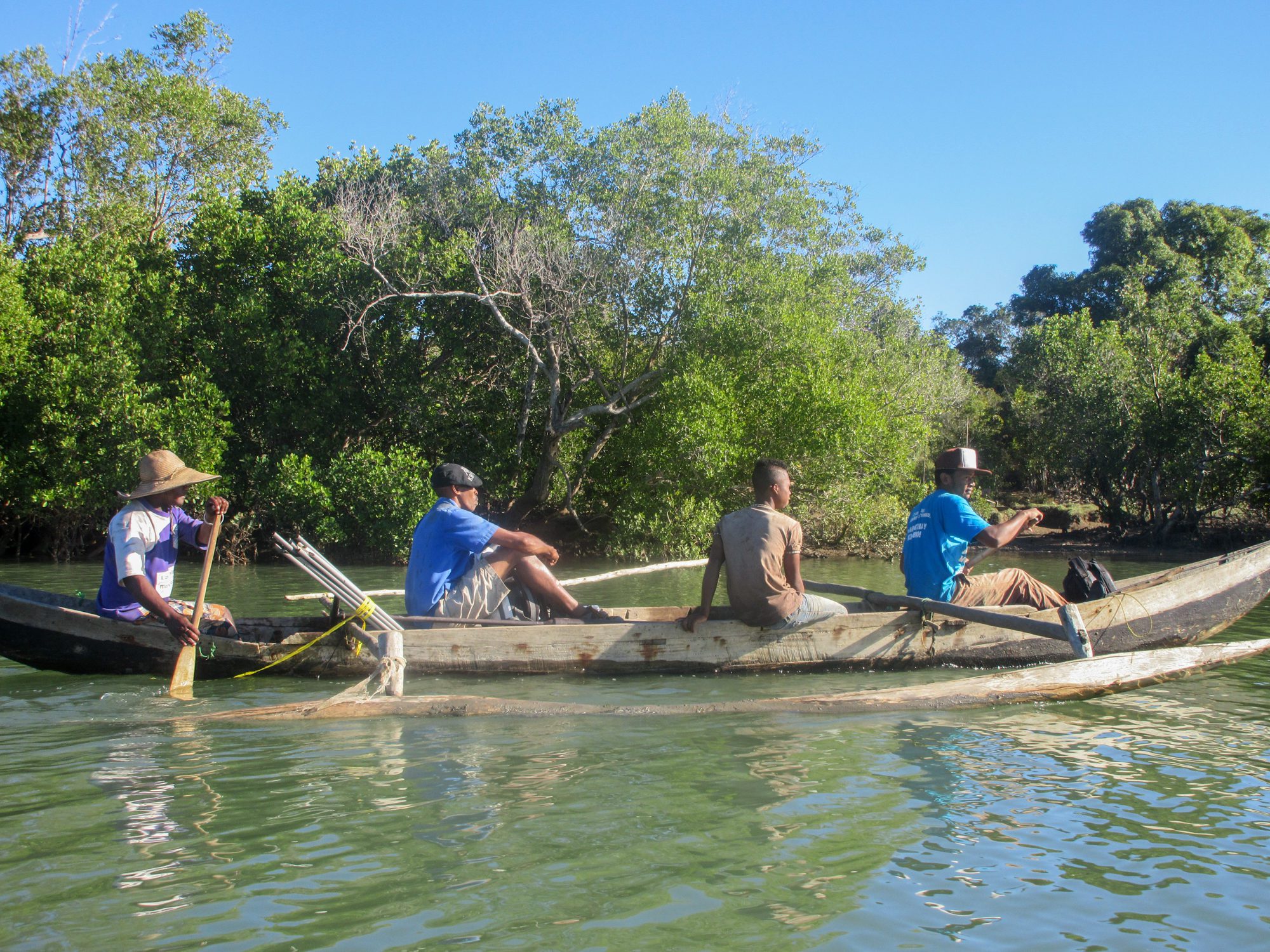
A field team making their way to their target plot by pirogue.
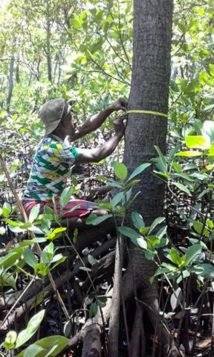
Measuring tree diameter
Early each morning, the team has to prepare all of the equipment and preselect each mangrove plot over breakfast and coffee. Once we arrive at the plot locations – as soon as the tide allows – we delimit the plot boundaries with tape and sticks before starting our individual tasks. Under my supervision, one group records every tree in the plot, noting the species, diameter and height. This is often the most time-consuming task with an average of 80 trees in each plot, and sometimes over 200!
Another team collects the sediment samples in the mud, taking care to ensure that the five samples are carefully extracted from each core and placed into metal cans, ready for analysis. The last member of the team records other plot details including GPS points, regeneration information and canopy cover. It’s tiring work, and at the end of a day in the mangroves I always feel exhausted but also thrilled at a job well done. I would like to take this opportunity to thank all of the community members, especially the community monitors, who help us during our field missions.
When I started working with mangroves four years ago, I had no idea what I was getting myself into. I quickly discovered that working in mangroves is dirty work because of all the mud! That is true and there is no point in arguing about it. You have to walk through and work in deep, bad-smelling mud for hours while collecting data in the field, not to mention the annoying mosquitos. The important thing to bear in mind is that when you face it and look on the bright side, this work can be exciting and full of adventures and challenges! Working in the mangroves has allowed me to see and experience more of my country, particularly the relationship between mangrove habitats and coastal communities, as well as feel at home in and enjoy the forests I once avoided. I have realised that fieldwork in the mangroves is not only about science, but about managing people, risks and uncertainty as well.
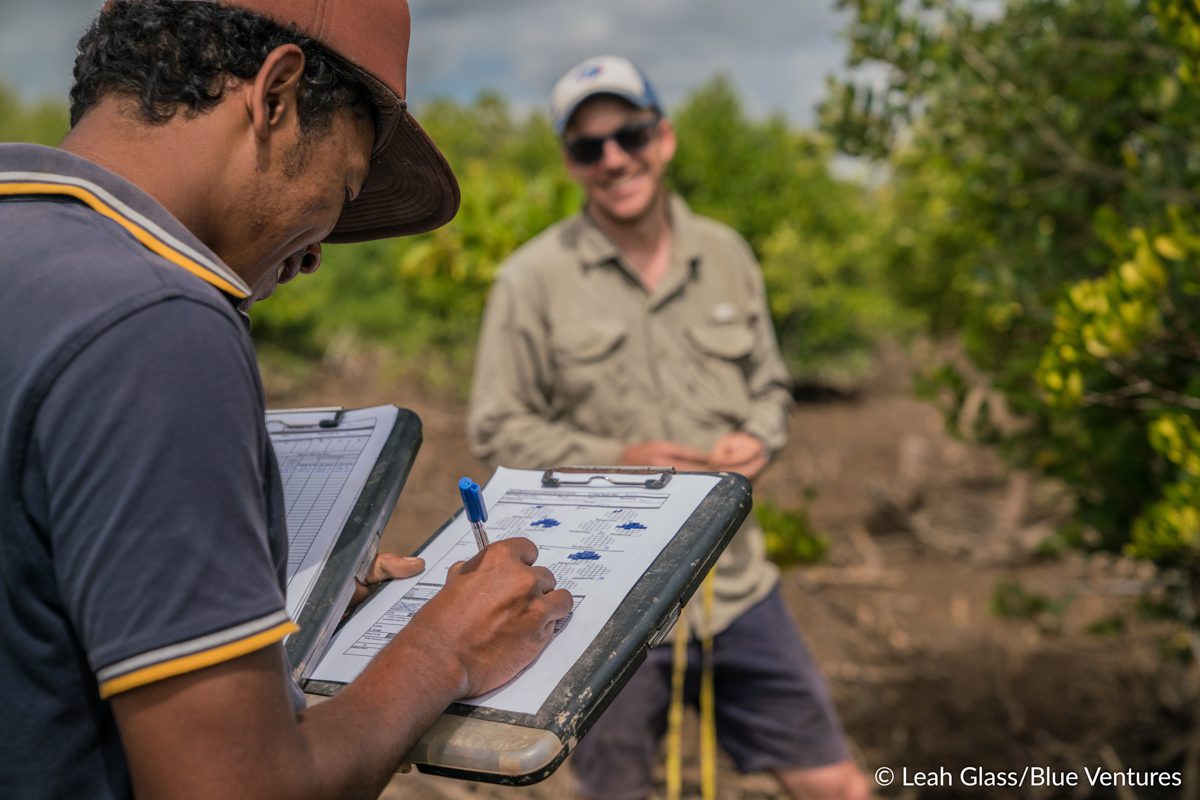
Jaona taking notes during field visits
Finally, I hope that our blue carbon project will be successful, and that a financial reward in the form of carbon credits will be generated and transferred to the coastal communities that are sustainably managing their mangroves. That will help to alleviate poverty, support coastal biodiversity and mitigate climate change. For me personally, my position as a blue carbon scientist has already given me great opportunities for learning and growth, and I look forward to seeing what the future will bring for me and for my country’s mangroves.
Read the latest scientific research from our blue forests team.
Read the story of Lalao Aigrette, who’s been working in mangrove conservation for ten years.
All photos were taken by Jaona Ravelonjatovo unless otherwise credited.
We would like to thank the MacArthur Foundation, the Helmsley Charitable Trust, and the GEF Blue Forests project for their support of our blue forests programme.


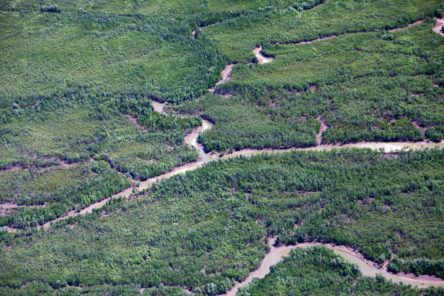
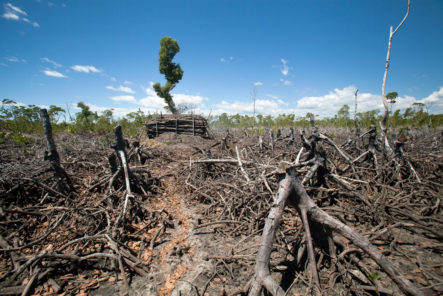
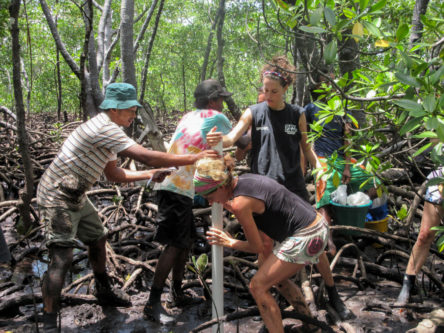
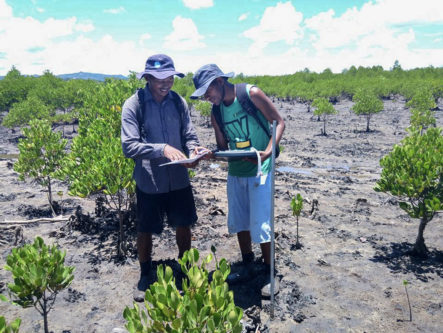
Thank you for your work! It was ten years ago that we were at Blue Ventures in Andavadoaka studying the fish that utilized the mangrove habitat about a mile south of BV.
That’s amazing Judith! Have you read Lalao’s blog about her 10 years with BV? https://blog.blueventures.org/ten-years-wading-mud-bv/